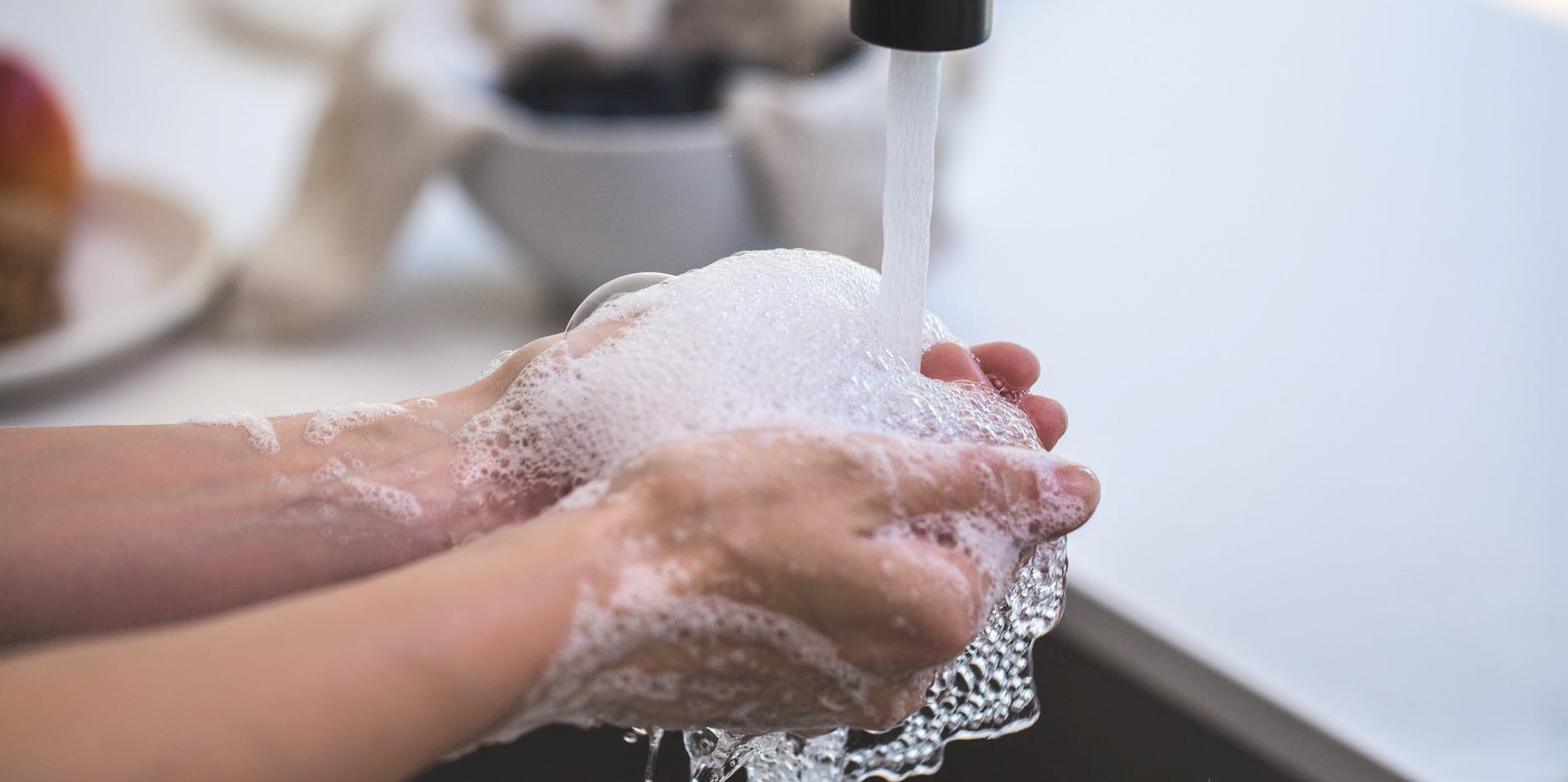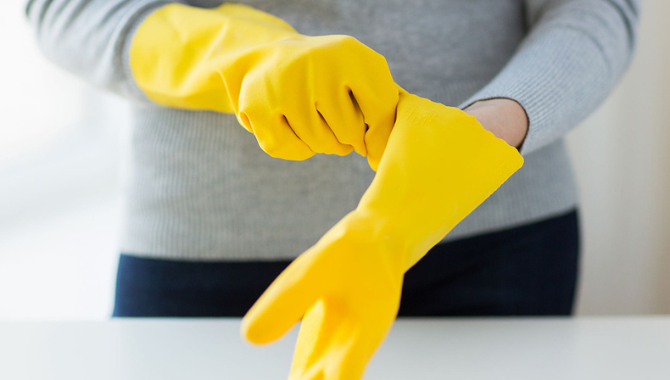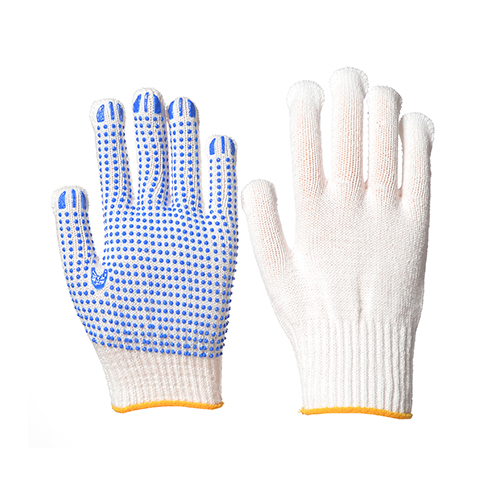 No matter when it is, cleanliness and hygiene are our top priorities. During a global pandemic, we need to fight against the epidemic, and after the pandemic ends, we must continue to avoid viral infections. If we do not clean properly, a large number of bacteria may breed. Our hands are the first line of defense against bacteria entering the body, so keeping our hands clean is paramount. Additionally, items worn on our hands, such as gloves, also need to be carefully cleaned.
No matter when it is, cleanliness and hygiene are our top priorities. During a global pandemic, we need to fight against the epidemic, and after the pandemic ends, we must continue to avoid viral infections. If we do not clean properly, a large number of bacteria may breed. Our hands are the first line of defense against bacteria entering the body, so keeping our hands clean is paramount. Additionally, items worn on our hands, such as gloves, also need to be carefully cleaned.
According to a professional survey, 64% of people wash their gloves once a month, and even more shockingly, 15% claim they have never cleaned their gloves. Bacteria can easily grow inside gloves, and once they enter the human body, the consequences could be dire. Therefore, we must not only clean our hands but also clean the gloves we wear daily.
Why should we clean gloves?
An international swab study found that some gloves carry the coronavirus. Therefore, just as regularly washing clothes is common sense, gloves are no exception, especially those worn or used frequently.
How to clean gloves? No matter what you do while wearing gloves, you need to clean them. The longer you wear gloves, the more bacteria accumulate over time. The cleaning method for each type of glove depends on the material. Regularly cleaning gloves significantly helps extend their lifespan and provides peace of mind. Here are some methods for cleaning different types of gloves:
Leather Gloves
Although leather gloves are durable, they can still get damaged, especially since leather can easily crack. If you want your leather gloves to last longer, you need to clean and maintain them properly.
First, ensure your gloves are dry, then gently remove surface dust and stains with a soft cloth and brush. Prepare a mild soap solution (you can ask the supplier or refer to the instructions if unsure). We recommend using baby shampoo or saddle soap mixed with warm water. Use a clean cloth to dab a small amount of the solution and gently wipe the gloves. Avoid vigorous scrubbing to prevent damaging the leather.
After cleaning, use a clean damp cloth (without soap) to wipe the gloves, then use a dry cloth to absorb excess water. Lay the gloves flat in a cool, ventilated area to air dry. Avoid direct sunlight.
After cleaning, if you need to moisturize the leather to prevent cracking during use, you can use leather care products such as leather conditioner or leather oil.

Rubber, Plastic, and Similar Gloves
These gloves are very easy to clean. Wipe the dry glove surface with warm water and mild detergent, rinse with clean water, and store the gloves in a dry place to prevent mold growth.

Fabric Gloves
Fabric gloves such as cotton and wool can be machine-washed or hand-washed.
First, prepare a solution by mixing water with a mild detergent (such as neutral detergent or baby shampoo). Note: Cotton and nylon should be washed with warm water, while polyester and wool gloves require cold water.
Submerge the gloves in the water, gently rub them, and rinse with clean water. Press the gloves with a dry towel to remove excess water, then lay them flat in a cool, ventilated area to air dry. They can also be dried in a dryer on low or no heat. Do not wring the gloves to avoid deforming them, especially wool gloves.

Summarize
Each type of glove requires appropriate cleaning and professional maintenance after use to ensure longevity. As a professional supplier, we are well-versed in cleaning gloves and hope you find this article informative.
If you have any questions about gloves, please feel free to contact us. We will be happy to assist you.
How to Measure Glove Sizes – Source: AIBON
Latex gloves– Source: AIBON
Safety gloves– Source: AIBON
Working gloves– Source: AIBON

